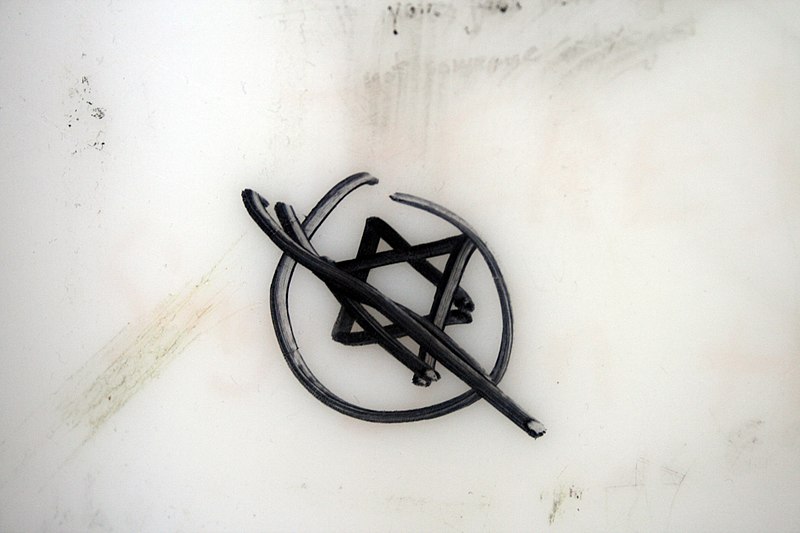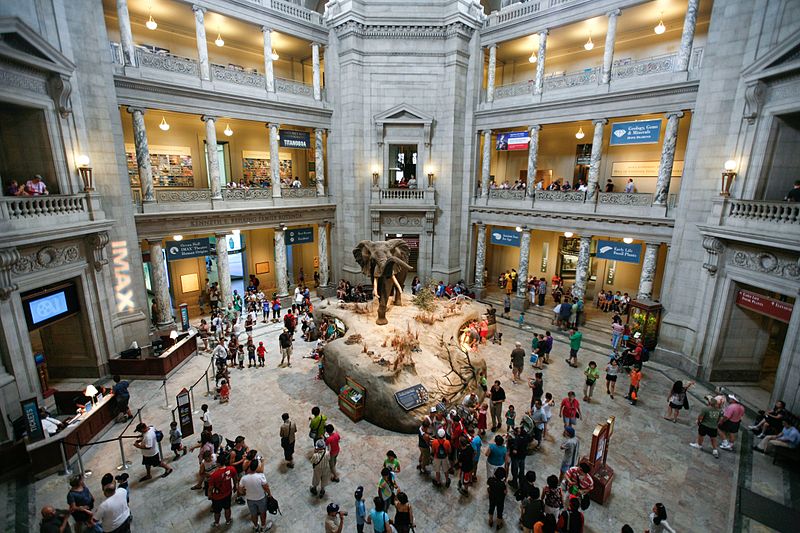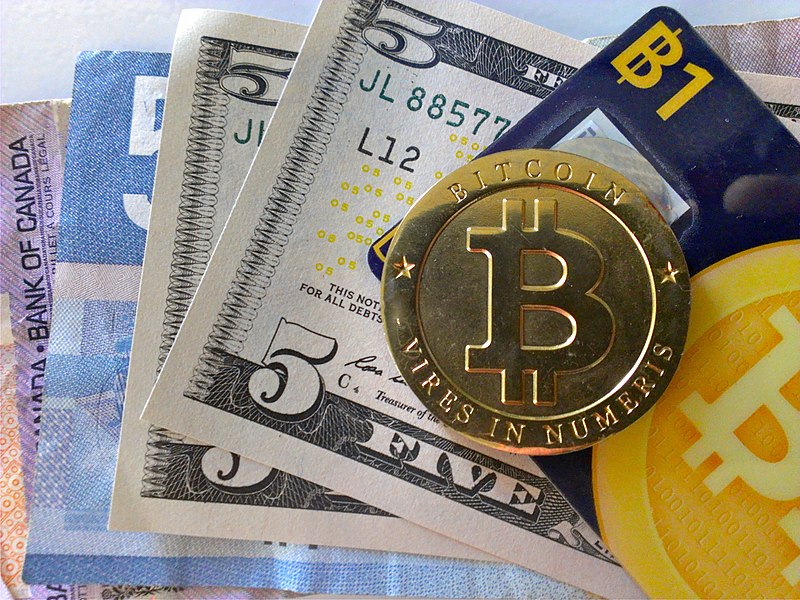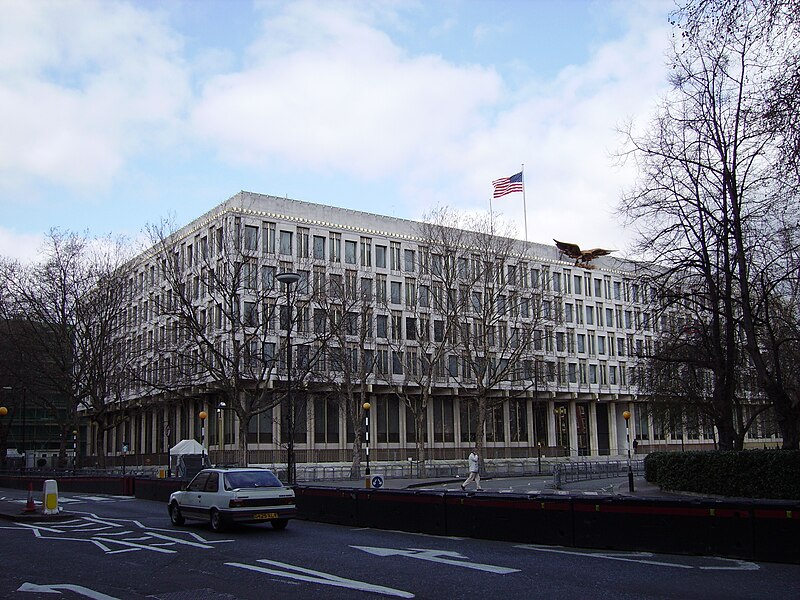
On the eve of Purim our correspondent interviewed rabbi Benzion Kaplan who is well-known and popular in Western Europe.
Corr.:-Dear Rabbi Benzion Kaplan! The world famous Purim holiday is coming and we would like to ask you some questions about what this Jewish holiday symbolizes, how it should be celebrated and what we can learn from its history?
B.K.: It is a holiday, or rather the next anniversary of the celebration of the salvation of the Jewish people from total annihilation. They celebrate Purim in colorful, bright and cheerful ways, but do not forget about helping others, so this holiday has a clear social character. That is why we can learn lessons from several levels at once. Both in relation to G-d, and what concerns the attitude inside the community, and also in relation to external forces, the external world around us.
Corr.: - Very interesting. Well, as you know, in the historical period of the events of Purim, there was a very real danger of extermination of the entire Jewish people, that is, there could be events similar to the Holocaust in the world? What can you tell us about that?
B.K.: - After the destruction of the First Temple, the Jewish people were forcibly taken from their land to Babylon. There they lived first under the kings of Babylon, and then after the conquest of Babylon by the Persians and the Medes, also under the kings of Midian and Persia. The Persian king of this particular period was Ahashverosh (the name Artaxerxes is thought to be in historiography). The capital of the kingdom under him was the city of Shushan (considered to be Susa), where a fairly large number of Jewish descendants of exiles lived.
Among them lived the descendants of the family of the first Jewish king Shaul of the tribe of Binyamin, Mordechai, and his ward cousin (wife according to some accounts) Adassah, she also appears later as Esther. During a contest to choose a new queen for Ahashverosh, Esther is taken against her will to the palace, and she even wins the contest and becomes the new queen of the empire. But not only Jews lived there, but also the descendants of the Amalekite king Agag, Haman (may his name be erased) and his family and their followers. And as we know, they have been the sworn enemies of the Jews since time immemorial.
It so happened that Haman found the treasure and became very rich very quickly. Surely this wealth helped him to make a steep political career, and he was at one point appointed by the king as prime minister of the entire empire. At the same time, he had a great megalomania and forced everyone to bow to him under pain of death. Mordechai also held some position in the court in which he constantly crossed paths with Aman, but stubbornly did not bow to him because he was descended from Binyamin, and as we know from the story of the meeting of Yaakov's forefather with Eisav in the book of Bereishit chapter Vayishlach, the entire family of Yaakov except Binyamin bowed to Eisav. Binyamin could not physically do this as he had not yet been born by this time and it gave him some power to oppose the descendants of Eisav so King Shaul and his descendants were chosen to lead the war against Amalek.
Afflicted in his ego and "greatly offended," Haman decides to take revenge, not only on Mordechai personally, but also to destroy his people from small to large throughout the empire, which consisted of 127 regions. However, despite all his omnipotence, he needed the consent of the king, and he slandered the Jews, saying that they did not observe the king's command and that their existence was of no use. Fearing that the king would be hesitant to destroy a large number of taxpayers, Haman offered to pay a huge sum of money as a ransom. Recall that he was fabulously rich thanks to the treasure. Unfortunately, the king fell for the ruse and agreed.
In addition to being megalomaniacal, Haman was also very superstitious and wanted to choose the most appropriate date of the calendar to destroy the Jews. So he drew lots, and it fell on the 13th day of the 12th month of Adar. Then he sent letters to every region to every nation to prepare on that day to kill the Jews and to plunder their possessions. Here another of Haman's qualities comes to light, namely self-interest.
Mordecai finds out about everything and tells Esther. The people of Israel fast for three days. Esther goes to the king on pain of death and begs for mercy. Because of this, the Jews get permission from the king to resist and kill their enemies. As a result of the war, the Amalekites and all of Haman's family, including his ten sons, are killed. After the war, the Jews rest and set the date of the anniversary of the salvation as days of joy and gladness.
Corr.: How do you celebrate Purim nowadays and what traditions are followed and what advice can you give to those who are just embarking on the path of Torah observance and who have just begun to study Jewish history and religion?
B.K. - The holiday of Purim was decreed by our sages, which is why it differs from the holidays commanded to us by the Torah. For example, on Purim work is permitted, lights may be lit, and so forth. What else makes this holiday stand out is dressing up in carnival costumes, drinking so much wine that you can't tell the difference between "blessed Mordechai" and "cursed Haman." Each community may have some additional traditions of its own, but there are a few common ones:
The reading of the scroll of Esther in the evening and in the morning (afternoon) on Purim
The obligation to have a meal "mishte," Hebrew for "feast," from the word "lishtot" for "to drink," since one drinks a lot during the feast and since the story in the scroll begins with a feast and ends with a feast
Sending gifts to two neighbors, what we call mishloach manot. This refers to the two kinds of ready-to-eat food that can be used immediately for a meal.
The obligation to give tzedakah to two people in need, which is "matanot la eviyonim" (how much to give is up to you, but there should be enough to give so that the person in need can arrange a Purim meal for it.
What one can advise beginners to observe is to limit oneself in drinking. If you don't know how you will tolerate a large amount of alcohol and if you are afraid of indecent behavior, then drink as much as you can, or prefer grape juice. It is also preferable for women to choose juice over wine.
It is important to know that "mishloach manot" is sent by men to men and by women to women. Therefore, if you are a woman and you don't know any Jewish women in your circle, and potentially nearby, it is better not to send for reasons of modesty.
Corr. - They say that the story of the rescue of the Jewish people through the intercession of Queen Esther is a good example of how to act in case danger is looming over the Jewish people. It is also known that on this holiday Jews remember Haman, the enemy of the Jewish people, so what can we learn from this, perhaps an ethics of dealing with one's enemies and haters? What lessons can we learn at all from this Purim story for our generation?
B.K.: - The lessons are the same for all generations. Behind the colorful Purim story that Esther's book so vividly presents, there is a terrible background. When Haman tells the king that there is one people in his kingdom, scattered and separated from the others, it is taught from this that the Jews were separated not only physically from the other nations, but also from each other, that is, they did not stick together, were a fragmented community. In view of the threat of total annihilation, they were able to unite and destroy their enemies. From this we learn that the strength of our people lies in unity.
After all, we received the Torah because we were united, as it says in Yitro in our Torah: "Wa ikhan sham Yisrael neged ha'har, and Yisrael was stationed there against the mountain. It is said, and settled there Yisrael in singular as one person, that is, we forgot all our differences and became as if one whole organism and found ourselves worthy to rise spiritually, to receive the Torah and to draw near to G-d. After all, the history of anti-Semitism also teaches us that our enemies always see our people as one.
If a Jew has done an unseemly deed, it is transferred to the nation as a whole. Why did Aman write to all nations to be ready for this day? He must have known or understood that the nations were negative towards the Jews and would be willing to kill them and plunder their property. Wasn't that the case during the Holocaust? There are people among the nations who do not like us, but are unable to come out against us.
They are looking for a leader who will be ready to lead them against the Jews, which Aman turned out to be for them. We need to realize for ourselves how scary this is and not hope that once again G-d will send us our one or two strong leaders who will save us time after time. So the next lesson we can learn is to always behave positively and show ourselves in a good way so that a positive impression of the Jews is created. You know what you look like, but you know what you look like.
Corr.: - How this year European Jewish community of Germany and your community will celebrate Purim? What interesting events are preparing and what you can recommend?
B.K.: - All the commandments prescribed by law concerning Purim will be fulfilled. But unfortunately, even this year we will be haunted by the story of Covid-19. Therefore, there will be restrictions on the number of people on the premises. There will not be a large scale of events. Naturally, pandemic restrictions apply, so we will need to sign up in advance and present the appropriate certificates.


































































